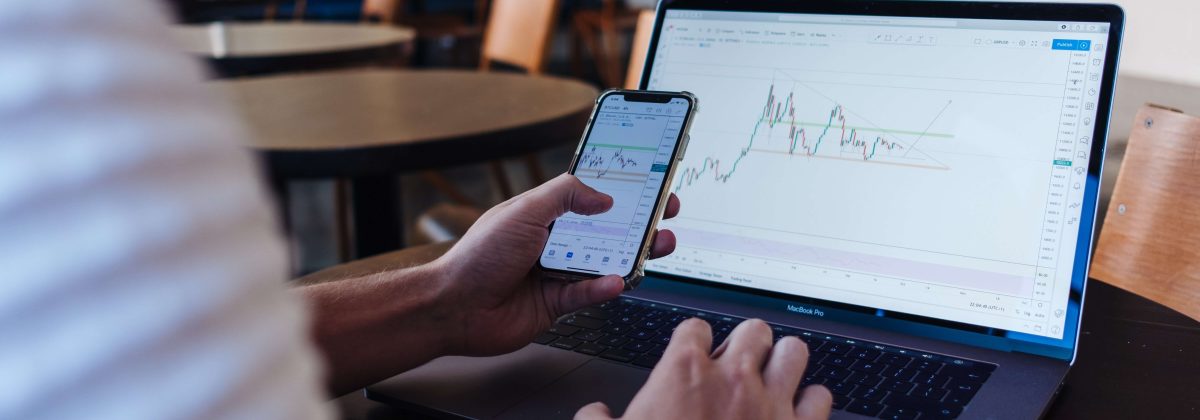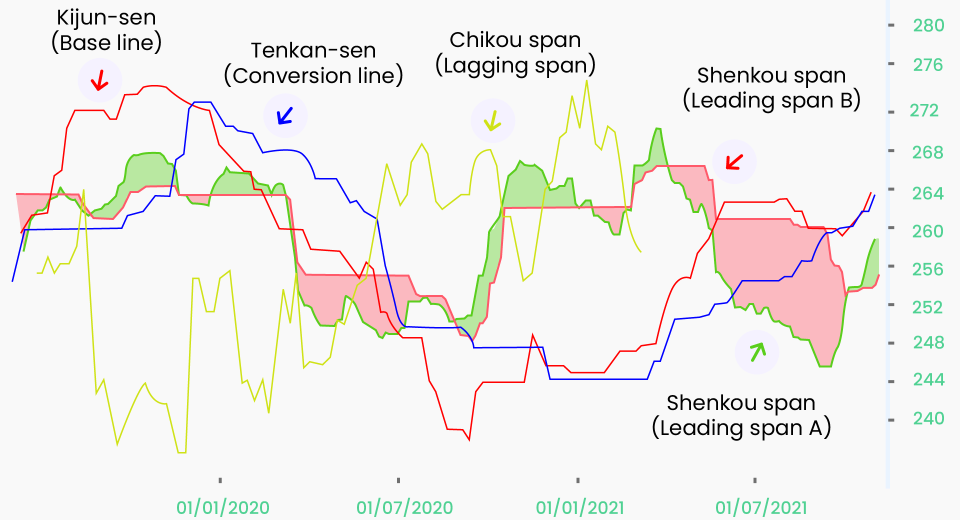How to Trade Using On-Balance Volume

Interpreting volume is one of the primary activities that help traders make informed decisions. Based on volume analysis, the On-Balance Volume (OBV) indicator is an effective leading indicator that allows traders to gauge bearish and bullish sentiment in the financial markets. However, only a few traders take full advantage of this indicator.
What is On-Balance Volume
Developed by Joe Granville in the 1960s, OBV works on the principle that volume precedes price. High volume in the direction of the price action creates convergence, thus adding reliability to directional signals. On the other hand, an increase in volume in the opposite direction creates divergence, informing traders of a conflict or indecisiveness in the market. The volume theory emphasises that even if the bulls can push the prices higher, the lack of buyers in sufficient numbers could lead the price to retract faster. Similarly, if there are more buyers but not enough sellers, the asset’s price is bound to rise.
The OBV indicator tallies volume in both directions. It is an easy-to-use accumulation-distribution tool that is used to confirm price trends. Notably, traders focus on the trend indicated rather than not the actual value to gauge how the markets will play out as a result of price and volume interaction. This is because OBV is a cumulative indicator, i.e., it considers previous values and the value at the start of the chosen timeframe. The slope and direction are considered more important and used by traders to strengthen their trading strategies. It helps traders:
- Identify divergence of price and volume.
- Confirm trends and reversals.
- Predict incoming volatility to discover trading opportunities.
Traders popularly set test levels based on analysis for at least a few months. This way, they ensure that the results are more relevant and accurate.
Calculating OBV
The most recent OBV value is calculated using the current volume and the previous OBV value. It is calculated in different ways, according to price action.
- When the closing price is above the previous price, i.e., buying pressure is high:
Current OBV = Previous OBV + Current Volume
- When the closing price is below the previous price, i.e., selling pressure is high:
Current OBV = Previous OBV – Current Volume
- When the closing price is the same as the previous price, i.e., selling and buying forces are balanced:
Current OBV = Previous OBV
Using the OBV Indicator
Traders start by determining the OBV trend. Next, they compare and gauge whether the current price trend matches the OBV trend. The third step is to look for potential support and resistance levels and the price action concerning them, keeping in mind that OBV considers closing prices. Finally, changes in volume help traders speculate on the direction of the price movement with the support indicators to confirm the signal.
Some inferences traders make using OBV are:
- A bullish divergence is impending if the price is testing resistance and OBV registers new highs. This means the price may breach resistance and will rally higher.
- While the price is testing resistance and OBV declines, the price rally may stall, and the market may range. This is known as the non-confirmation of an uptrend. However, a strengthening decline in the OBV may indicate a bearish reversal.
- A bearish divergence is due if the price is testing the support level and the OBV registers new lows. This means the price may breach support and could decline further.
- While the price is testing the support and OBV continues to inch higher, the decline may soon halt and begin to range. However, a strengthening OBV may indicate a bullish reversal.
- When the OBV matches the price action, it confirms that the directional momentum will be sustained for some time.
When the on-balance volume trend line breaches its highs or lows ahead of the price, it is known as an advanced breakout, which could occur in either direction. It is considered a strong signal of an impending trend change.
Trading With the On-Balance Volume Indicator
Here’s a look at the most popularly used OBV trading strategies.
Identify Divergence
When the price movement indicator and volume indicator do not conform, a divergence is said to occur. Divergences are potential reversal indicators.
- A bullish OBV divergence occurs when the price recedes and OBV advances.
- A bearish divergence is said to occur when the price advances and OBV declines.
Identify Crossovers
Using OBV with the 200-day EMA is a popular strategy that helps traders to make decisions.
- When the OBV crosses over the EMA, it is considered a signal to open a buy position.
- A bearish breakout of the OBV line and a bullish candlestick confirm the signal. A positive divergence strengthens the chances of a reversal. However, most traders do not consider it necessary to make decisions using this.
- When the OBV crosses below the EMA, traders tend to open a sell position.
- The signal is confirmed with the help of a bearish breakout of the OBV line and a bearish candlestick. A negative divergence strengthens the chances of a reversal.
Advantages of Using OBV
Since OBV uses price direction and volume, it offers many advantages over other volume indicators, such as:
- It is highly suitable for predicting breakouts around major highs and lows in the market.
- It is a leading indicator that helps predict whether a rally will continue, or a reversal is building up.
- OBV is most suited for medium- and long-term trading strategies since it is a cumulative indicator of price and volume.
Limitations of OBV
- OBV is prone to false signals. Therefore, it must be combined with other indicators to confirm signals.
- OBV generates too much noise. Therefore, it is not suitable for high-frequency trading styles, such as scalping.
To Sum Up
- On-balance volume is an indicator that reflects buying and selling pressure in the market.
- OBV calculation considers price action, current volume and previous OBV.
- A convergence of price and OBV signals that the trend may continue.
- A divergence between price and OBV indicates that a reversal is due.
- OBV helps traders identify and predict the direction of price breakout.
Disclaimer:
All data, information and materials are published and provided “as is” solely for informational purposes only, and is not intended nor should be considered, in any way, as investment advice, recommendations, and/or suggestions for performing any actions with financial instruments. The information and opinions presented do not take into account any particular individual’s investment objectives, financial situation or needs, and hence does not constitute as an advice or a recommendation with respect to any investment product. All investors should seek advice from certified financial advisors based on their unique situation before making any investment decisions in accordance to their personal risk appetite. Blackwell Global endeavours to ensure that the information provided is complete and correct, but make no representation as to the actuality, accuracy or completeness of the information. Information, data and opinions may change without notice and Blackwell Global is not obliged to update on the changes. The opinions and views expressed are solely those of the authors and analysts and do not necessarily represent that of Blackwell Global or its management, shareholders, and affiliates. Any projections or views of the market provided may not prove to be accurate. Past performance is not necessarily an indicative of future performance. Blackwell Global assumes no liability for any loss arising directly or indirectly from use of or reliance on such information herein contained. Reproduction of this information, in whole or in part, is not permitted.




